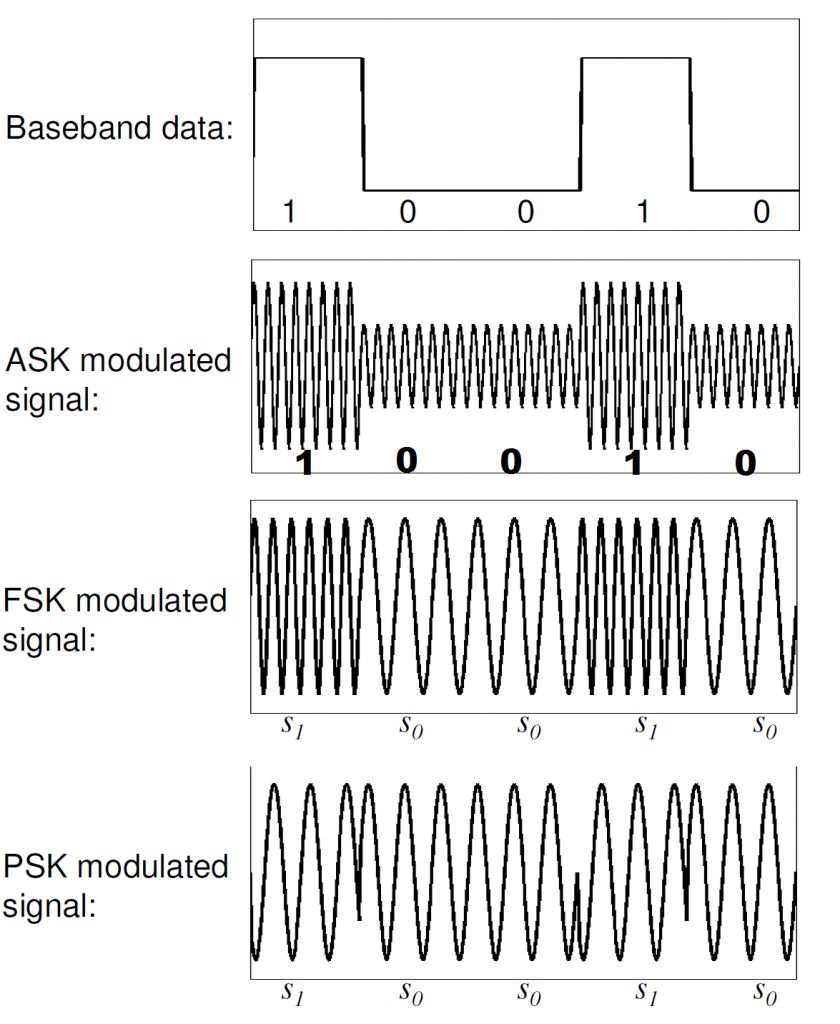Hacking 433MHz Radio – An Overview
Have you ever wondered how wireless devices like remote controls or wireless sensors work? Chances are they use 433MHz radio technology. However, as with any technology, 433MHz radio signals can be vulnerable to hacking and exploitation. In this blog post, we’ll take a closer look at how 433MHz radio signals work, the tools and techniques used for hacking them, and the potential risks and benefits of such activities.
To understand how to hack 433MHz radio, it’s important to first understand the basics of how these signals work. 433MHz radio signals operate on a specific frequency range and use various modulation and encoding techniques to transmit information.
Modulation is the process of changing the frequency, phase, or amplitude of a radio signal to carry information. There are several types of modulation that you may encounter when working with 433MHz radio, including amplitude shift keying (ASK), frequency shift keying (FSK), on-off keying (OOK), and phase shift keying (PSK).

If you’re interested in hacking 433MHz radio, you’ll need specialized hardware and software tools like software-defined radios (SDRs), signal analyzers, and decoders. SDRs are radio communication systems that use software to control radio hardware, allowing you to manipulate radio signals and analyze them in real-time. Popular SDRs for hacking 433MHz radio include HackRF One and RTL-SDR. Signal analyzers are devices that can capture and analyze radio signals, helping you to better understand the signals and how to decode them. Popular signal analyzers for 433MHz radio hacking include the RF Explorer and the Signal Hound USB-SA44B. Decoders are software tools that can help you decode and interpret 433MHz radio signals. Popular decoders for 433MHz radio include Universal Radio Hacker (URH) and GNU Radio.
There have been several notable vulnerabilities related to 433MHz radio hacking. For example, researchers have demonstrated how vulnerable wireless home security systems can be to hacking, with some systems using 433MHz radio signals that can be easily intercepted and decoded. Additionally, replay attacks have been used to remotely control garage doors and other devices that use 433MHz radio signals. For further reading on these vulnerabilities, see “Hacking Alarm Systems with an RTL-SDR and RFCAT” and “How to Hack a Garage Door in Under 10 Seconds and What You Can Do About It”.
While hacking 433MHz radio can be a fascinating and powerful tool, it’s important to be aware of the potential risks and ethical considerations involved. By acting responsibly and using the right tools and techniques, you can help ensure that your hacking activities are safe and beneficial. If you want to learn more about 433MHz radio technology, there are many resources available that can help you explore this fascinating area of wireless technology.